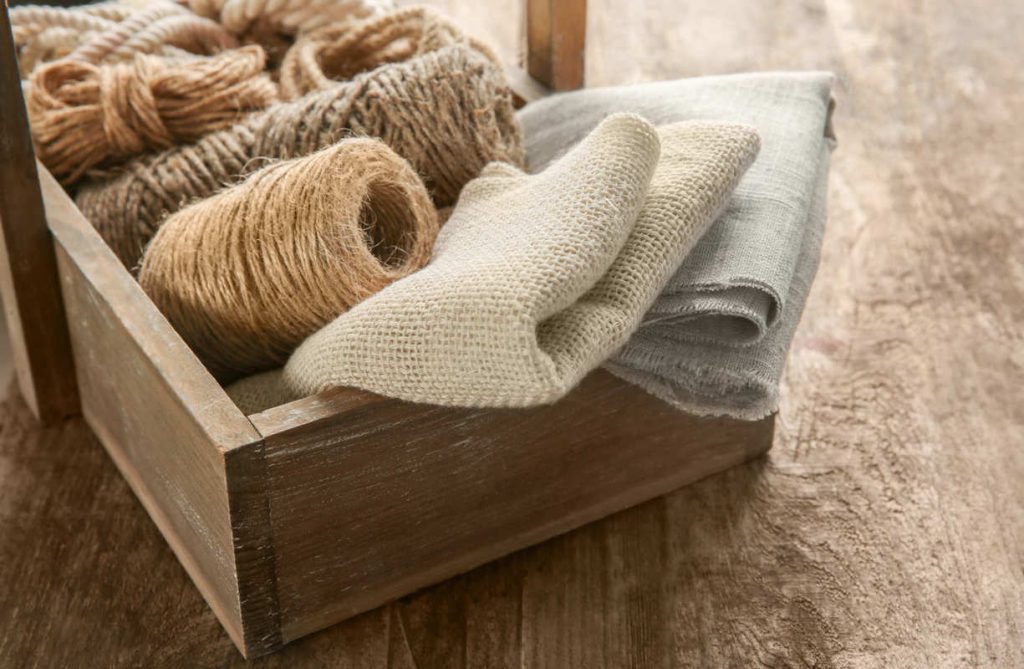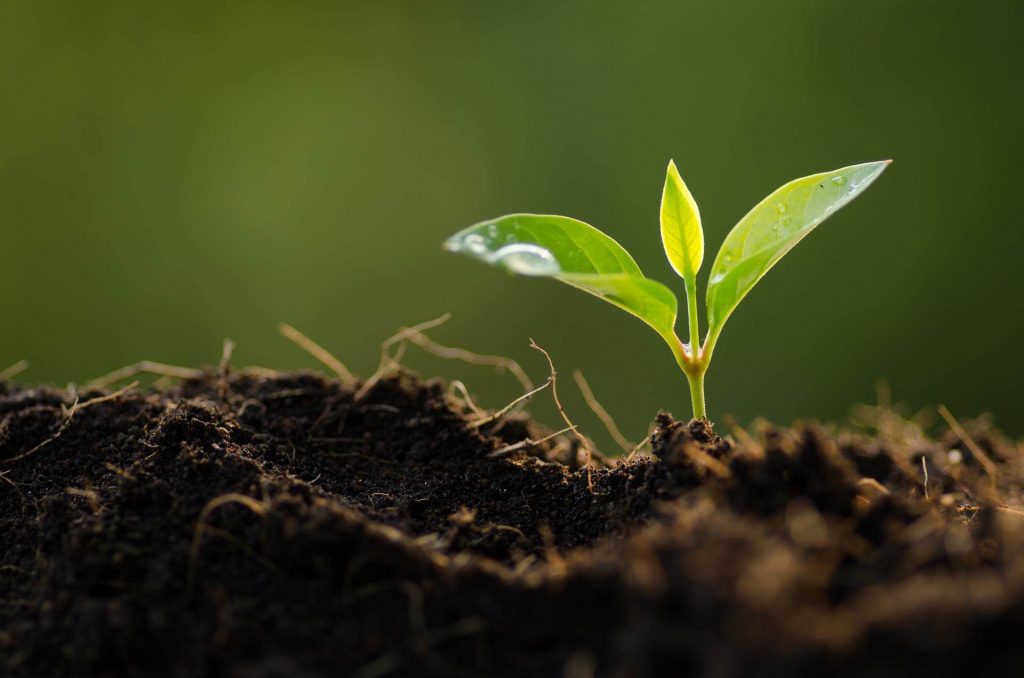Hemp is made in a wide variety of fabrics. “Discover the Top Benefits of Hemp for Health and Wellness”
Hemp is an extremely beneficial plant fiber for use in clothing for the whole family. It requires no chemicals in its production so it’s usually naturally grown without pesticides and toxic chemicals. In fact, growing hemp actually improves the soil.
Hemp seeds and oil are rich in Omega-3 and Omega-6 fatty acids, protein, and other nutrients that are beneficial for human health.
Hemp is a fast-growing and durable crop that requires minimal water and pesticides.
Hemp can reduce soil erosion and carbon emissions, and can be used as a biofuel and building material.
Therefore the hemp clothes that touch your skin are as nature intended without any harmful toxins. Hemp clothes are good for women, men, children, and especially chemically sensitive individuals.
Hemp is good for the environment. In addition to being grown without the use of pesticides, our suppliers manufacture the hemp into fiber and fabric with an environmentally friendly (also referred to as “eco-friendly”) process.
Hemp fibers have many valuable qualities that are quite desirable in a textile material for both women’s and men’s clothing. Some of these are:
Hemp makes a strong, durable, comfortable, healthy, and high-performance fabric that’s great for all seasons and for use indoors and out.
Hemp is an exceptionally comfortable and healthy fabric to wear since it’s hypoallergenic and non-irritating to the skin.
Hemp has excellent insulative and conductive qualities. When compared to cotton, for example, hemp is warmer yet breathes better. For hot weather, hemp has superior conductive qualities to those of all other textile fibers (equaled only by flax), allowing the wearer to feel cool, comfortable, and fresh in very hot and humid conditions.
Industrial Benefits of Hemp
The use of Cannabis as an industrial crop by humans is as old as the practice of agriculture itself, dating back almost 10,000 years. Originally it was cultivated for the fibers of the stalk in order to make fabrics for clothing or nets for hunting and fishing. The plant now has a diverse range of applications from construction and cosmetics to modern-day uses such as 3D printing.
Although Cannabis was one of the earliest crops cultivated by humans for fiber purposes, it would not be until 8000 years later (around 2000 BCE) that the nutritional benefits of the seed were discovered as a viable food source. Consumption of Cannabis seeds has several references throughout ancient religions such as Hinduism and Buddhism, with tales of Lord Shiva and Prince Siddhartha both proclaiming its benefits.
It would be around the same time period (2147-2041 BCE) that paper-making technology was discovered in China. Due to its already dominant use for clothing fabric, some old hemp rags were used in combination with mulberry and other plants to create the first pulp to be dried and cut into a sheet of paper. The use of Cannabis for the paper was so dominant that several significant paintings and even documents were created using paper made from Cannabis, such as the King James Bible and an early draft of the US Declaration of Independence.
Although prohibition has, over the past few decades, caused a downsize in human usage of industrial hemp, recent trends to increase sustainability within society have sparked a resurgence of industrial hemp all over the globe. The use of cannabis to create buildings and homes with a negative carbon footprint can also help to lower energy costs throughout the year with improved thermal performance compared to standard brick and concrete. Additionally, we can now manufacture plastics such as door panels, plant pots, tables, and chairs, or even an airplane body with plastic made out of cellulose from the plant.



